How to Choose the Right Pots for your Indoor Plants
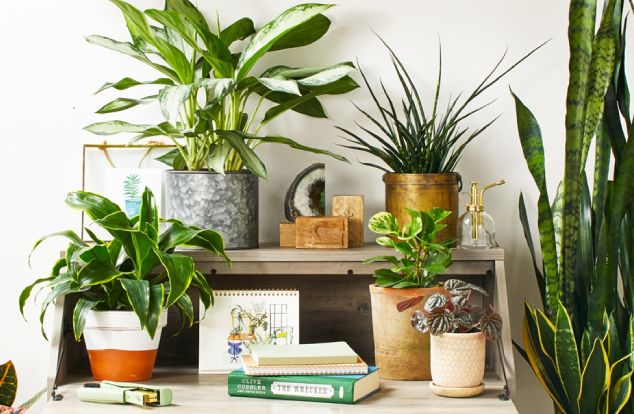
Houseplants are often overlooked, but they can bring a lot of life and color to any space. However, if you don’t choose the right pot, your plant could suffer from poor drainage, an uneven root system, and a lack of nutrients, among other problems. To help you avoid these issues, we compiled this list of 10 tips for choosing the right pot to give your plants the support they need to stay healthy and thrive.
Check the Drainage Hole
Most pots have holes in them, but that doesn’t mean they have adequate drainage. Make sure your pot has drainage holes as big as a quarter and far enough apart that water can flow through freely. If you get a planter without proper drainage, you’ll have a mess of soil at the bottom of your pot. A firm but light material like ceramic is best because it allows water to drain out quickly, so you don’t have to worry about excess moisture pooling up around your plant.
Check the Material
Not all pots are made alike, affecting how well your plants grow. Pots are either glazed or unglazed. Unglazed pots (clay pots) will not repel water and have a rough texture, but they’re cheaper and better at holding onto moisture (which is good news if you don’t want to overwater your plants). When you need to water an unglazed pot, try to do it slowly so that any air bubbles are released into your plant’s soil and drain away precious moisture. Glazed pots are smoother on the outside surface, but they’re more expensive and can be delicate—be careful when watering them!
Diameter Matters
A pot that’s too small can stunt a plant’s growth and make it more susceptible to disease. If you have various types of plants, buy different-sized pots, so they all get adequate space. For example, even if you’re only planning on growing herbs in your kitchen window, choose pots with a diameter at least twice as large as their height. You’ll keep them from getting root-bound and keep them healthier longer. Pots can be expensive (unless you’re creative), but investing in quality ones is worthwhile because they’re likely to last longer than cheaper ones made with lower-quality materials or techniques (like plastic).
When it comes to indoor plants, a few thoughtful details can make a difference in making sure your plants thrive. Small changes, like using adequate drainage and using a pot with drainage holes, can enormously impact how successful your indoor garden is. You should also consider water consumption: choosing pots made from recycled materials will help cut down on waste and conserve resources. Planting eco-friendly planters that fit your style and decor is also a great way to add personality to your home while caring for our planet at the same time! If you’re looking to plant an indoor garden but don’t know where to start, these ten tips will get you well on your way!
Shape Is Important
It’s always important to consider how much time and energy you want to put into caring for your plants. Almost any pot will do if you just want something that will last a few months on your kitchen windowsill. On the other hand, if you have a green thumb, there are many pots made from materials that improve plant health or look nice while they’re doing it. A great example is terracotta pots (earthenware) because they help wick moisture away from your plant and repel harmful UV rays. Other clay-based containers also help roots breathe by absorbing excess moisture.
Just a Little Water. Not Too Much!
Watering indoor plants can be tricky, especially if you don’t want to overwater them and cause root rot. The goal is to water so that your plant gets enough water without sitting in it. To figure out how much water your indoor plant needs, gently lift one of its leaves and look at its underside. If it’s green or blue-green (not dark brown or black), it’s time to give it some water—but go easy! Remember, all of these plants prefer humid environments and low light conditions, so don’t drown them; just keep their soil moist by pouring 1/2 inch of water in their pot every few days.
Ease of Maintenance Matters
When choosing pots, think about how much effort you want to put into keeping your plants alive. Plants don’t require a ton of water or care, but if you get busy, need to travel often, or can’t be around frequently, you might want to consider a plant that will not dry out as quickly. The color of your plants also matters. Dark-colored pots absorb more light than lighter ones, so they are better suited for smaller or shadier areas in your home. Consider Your Light Conditions: You should also consider what kind of light conditions your indoor garden has and try to match them with a pot best suited for those lighting conditions.
Color and Texture Matter
When choosing a pot, keep in mind that color is also essential. A bright orange pot might look great with an orange plant, but will it work well with a pink one? Or a blue one? You can decide on an overall theme and find pots that match or mix and match until you find something unique. The same goes for texture; some plants may need a softer potting medium, while others don’t want to be over-watered because they grow more slowly when soil is too moist. It’s really about experimenting to see what works best. In any case, here are 10 tips for making sure your next potted plant looks its best.
The Overall Look Is Important
Setting up Your Home Office or Desk Garden
When you’re looking for a potted plant for your home, home office, and study, you can go either way. You want something easy to look after and something easy to move around and clean up after. You don’t have to go for a tiny plant either. Like banana trees and palms, larger plants are easy to look after. They grow fast, so you don’t have to water them as frequently, and they don’t need too much attention once they get started. They also tend to help add color and excitement to your desk or home office area because of their large fruiting (for banana trees) and colorful foliage (palm trees).
Conclusion
Finally, you have a complete idea about the types of pots and containers to choose from while setting up your indoor garden. These ten tips would help you make the best decision to choose the right shape, size, color, and type of pot for your indoor garden. In this way, your plants will get maximum sunlight and good air circulation. Now all you need is a small space in your home, balcony, or patio, and start with the gardening!
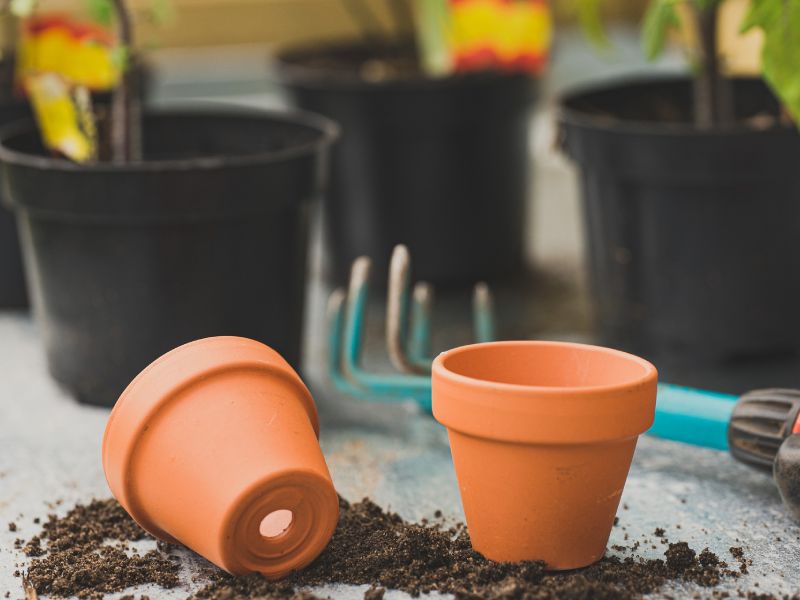
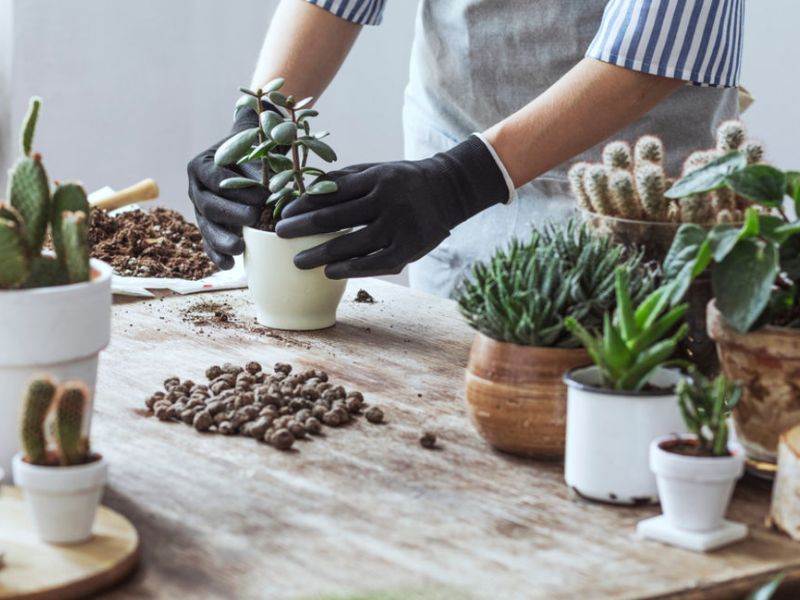
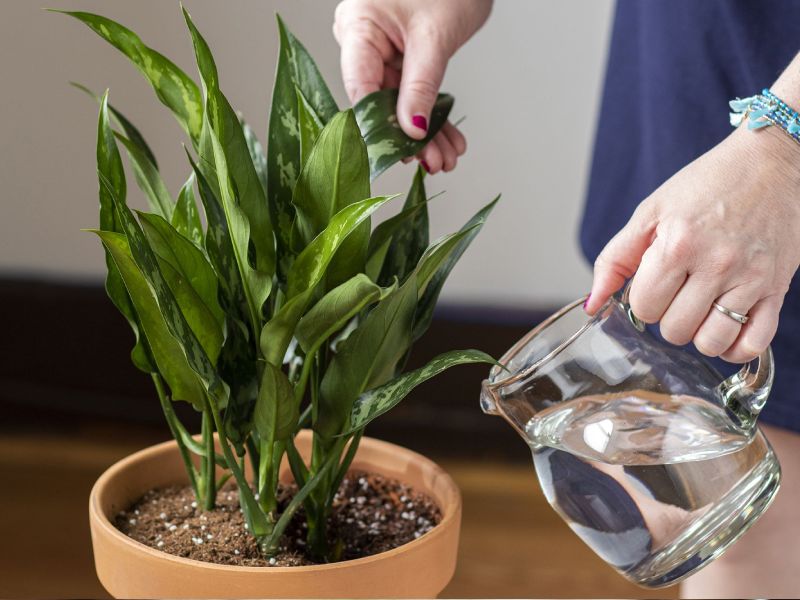
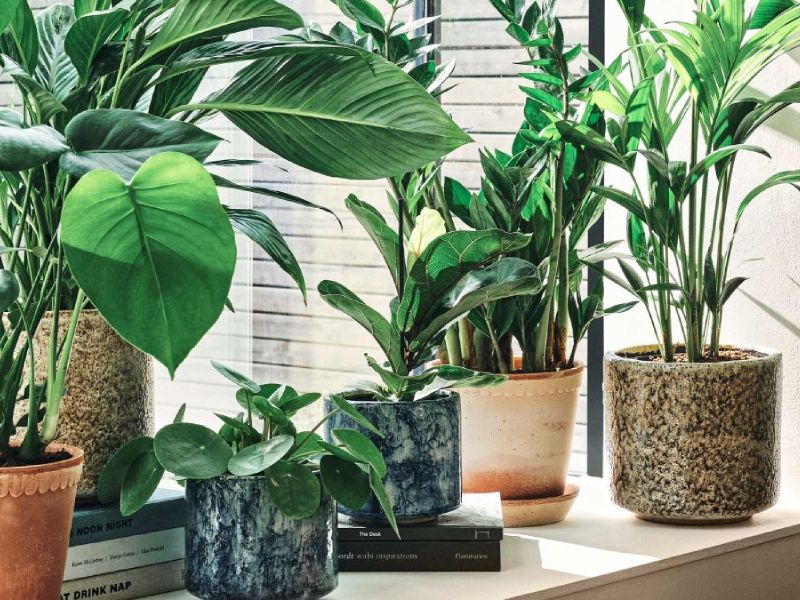
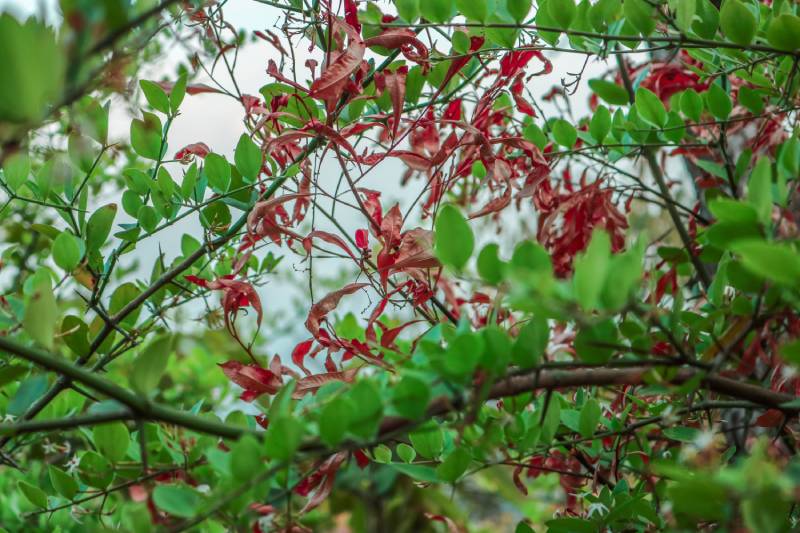
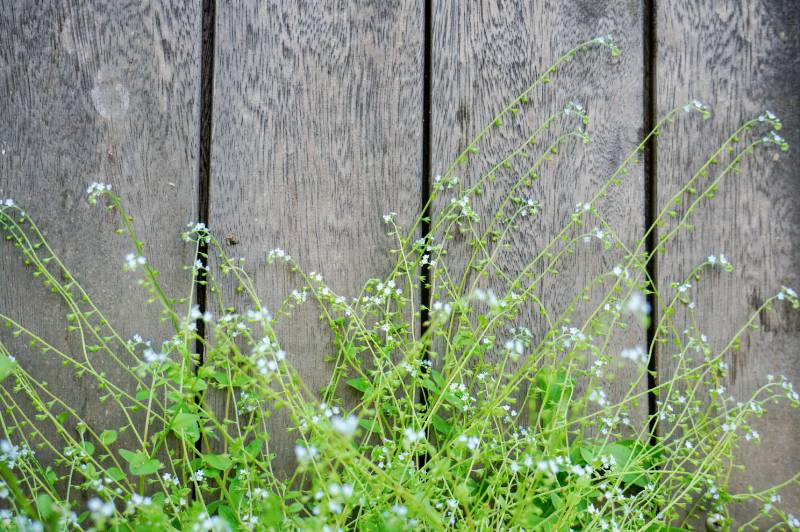
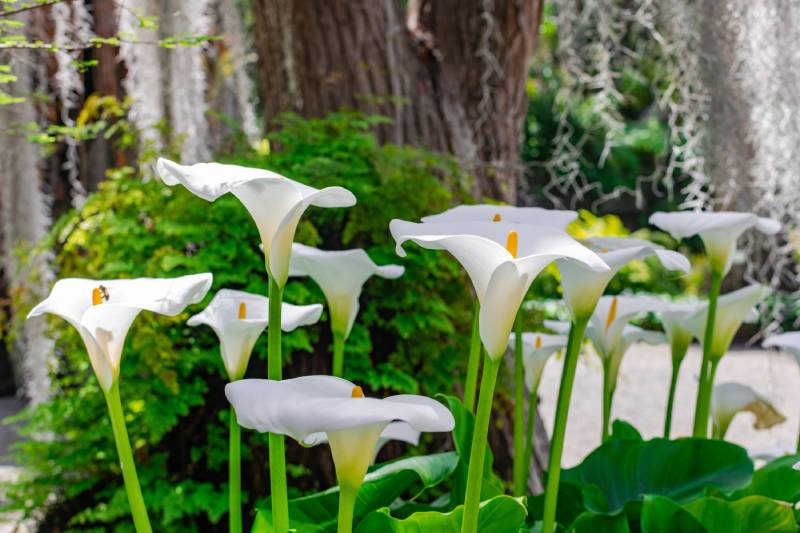
Leave a Reply